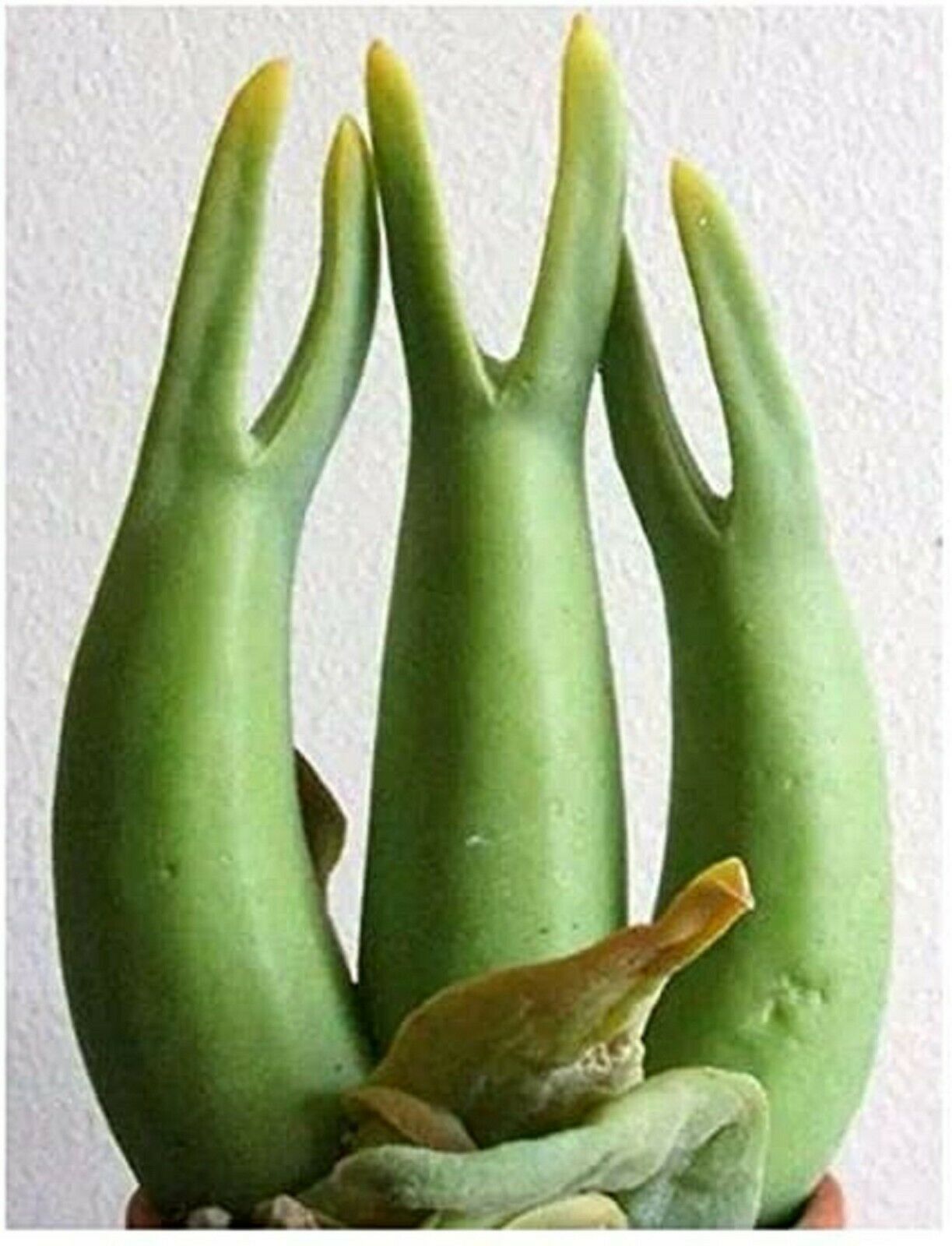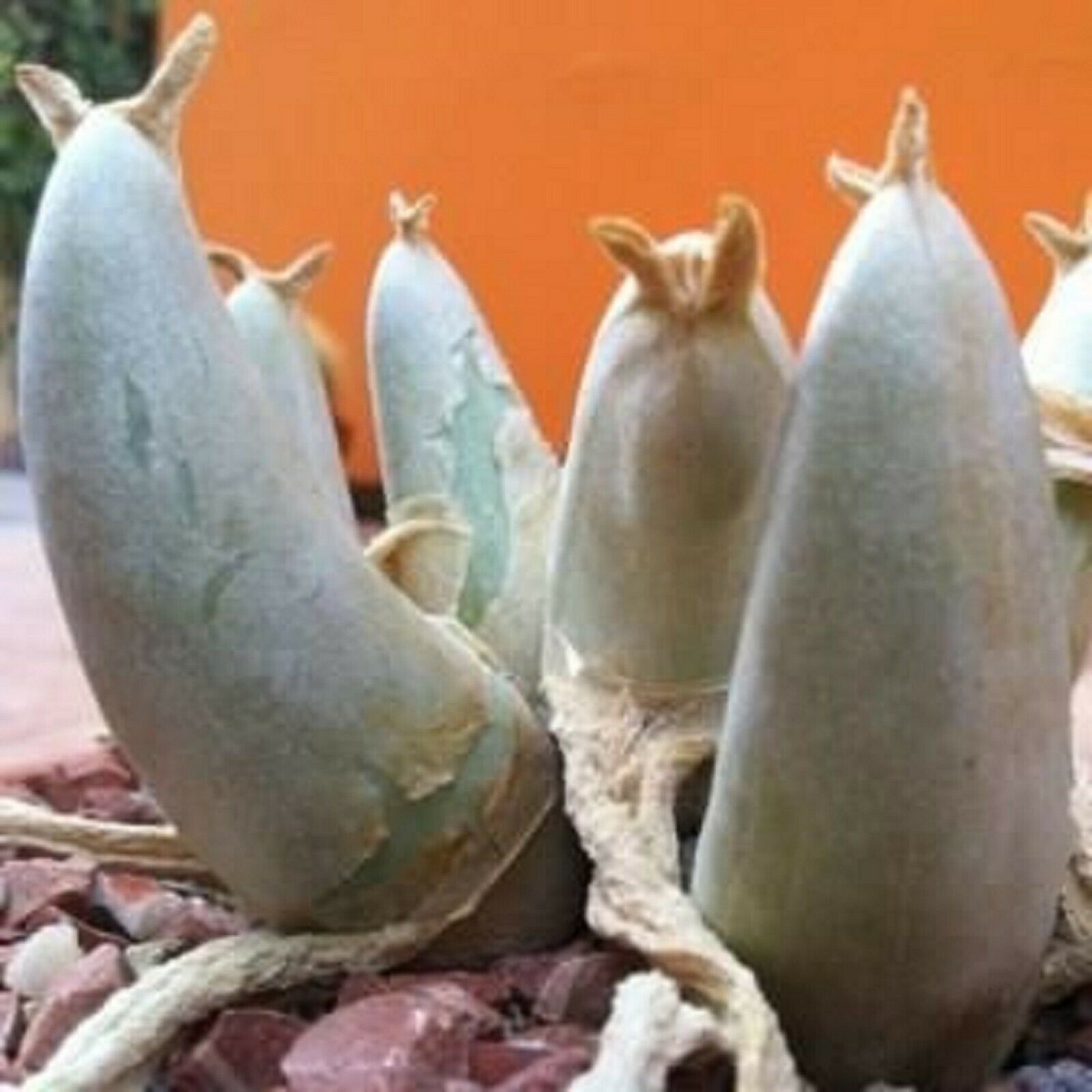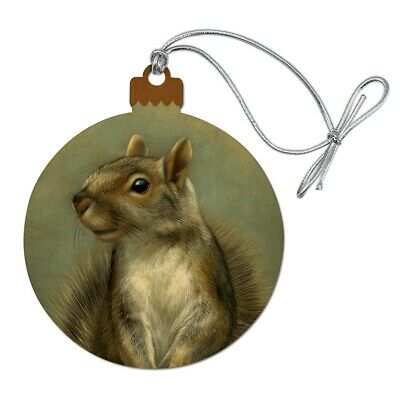-40%
Mitrophyllum Mitratum * Stunning Caudiciform * Snail Succulent * Rare * 10 Seeds
$ 2.1
- Description
- Size Guide
Description
10 SEEDS OF MITROPHYLLUM MITRATUMMitrophyllum mitratum, a nice caudiciform with a caudex of 6 cm. The plant can grow up to 25 cm in height. The flowers are pale pink.
This member of the Aizoaceae family was given this name by Martin Heinrich Gustav Schwantes in 1926.
It is found in the western part of South Africa, growing in grit or other well drained soil with little to some water and lots of sun.
The caudex can grow to six centimetres, the plant up to 25 centimetres in height. The flowers are pale pink.
This is a winter grower.
Mitrophyllum mitratum is a lovely succulent that is native to South Africa.
The species generally grow stems, at the top of which two succulent leaves appear.
These leaf-pairs alternate consecutively between two different types of leaf-growth (heterophylly) and during the exceptionally hot summer they remain inactive in a dry sheath. When fused together into a cone-shaped corpuscle, this leaf pair is referred to as the plant's ‘mitre',
and this is the origin of the genus name. The two separate leaves of the free leaf-pair are rounded-triangular to tongue-shaped.
The fused leaf-pair forms a cone-shaped to cylindrical corpuscle, which bears two smaller ear-like anthers at the top.
This fused corpuscle dries out in the plant's dormancy period, eventually becoming a papery sheath in which the new (separate) leaf-pair forms.
It is a slowly-branching, compact, caudiciform shrub, up to 60cm in height.
Fused leaf-pairs form large cylindrical cones, 3.5–10cm x 1.5-3.5cm.
Yellow-white (occasionally pinkish) flowers break out of the fused leaf-cone from February to March.
In cultivation, the plants are not difficult to grow. However they require deep well-drained sandy soil and sufficient sun exposure.
They are also adapted to very dry summers and watering mainly over the winter.
Their period of growth is primarily over late autumn and winter. Can tolerate light frosts only.
USDA Zone 10a: to -1.1 °C (30 °F) USDA Zone 10b: to 1.7 °C (35 °F) USDA Zone 11: above 4.5 °C (40 °F)











